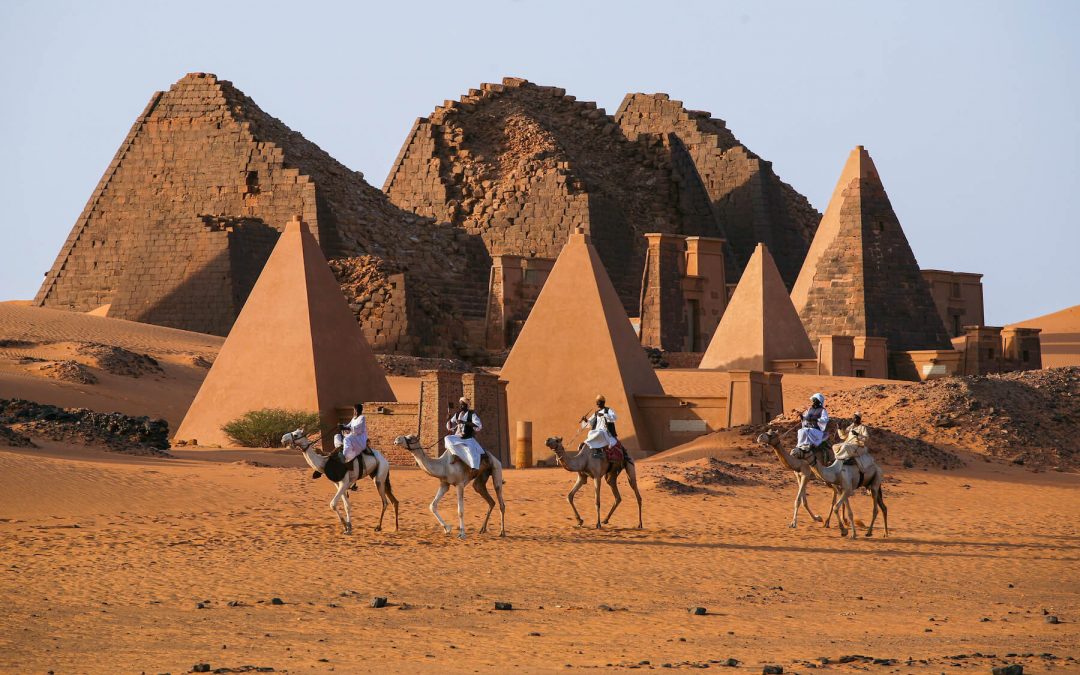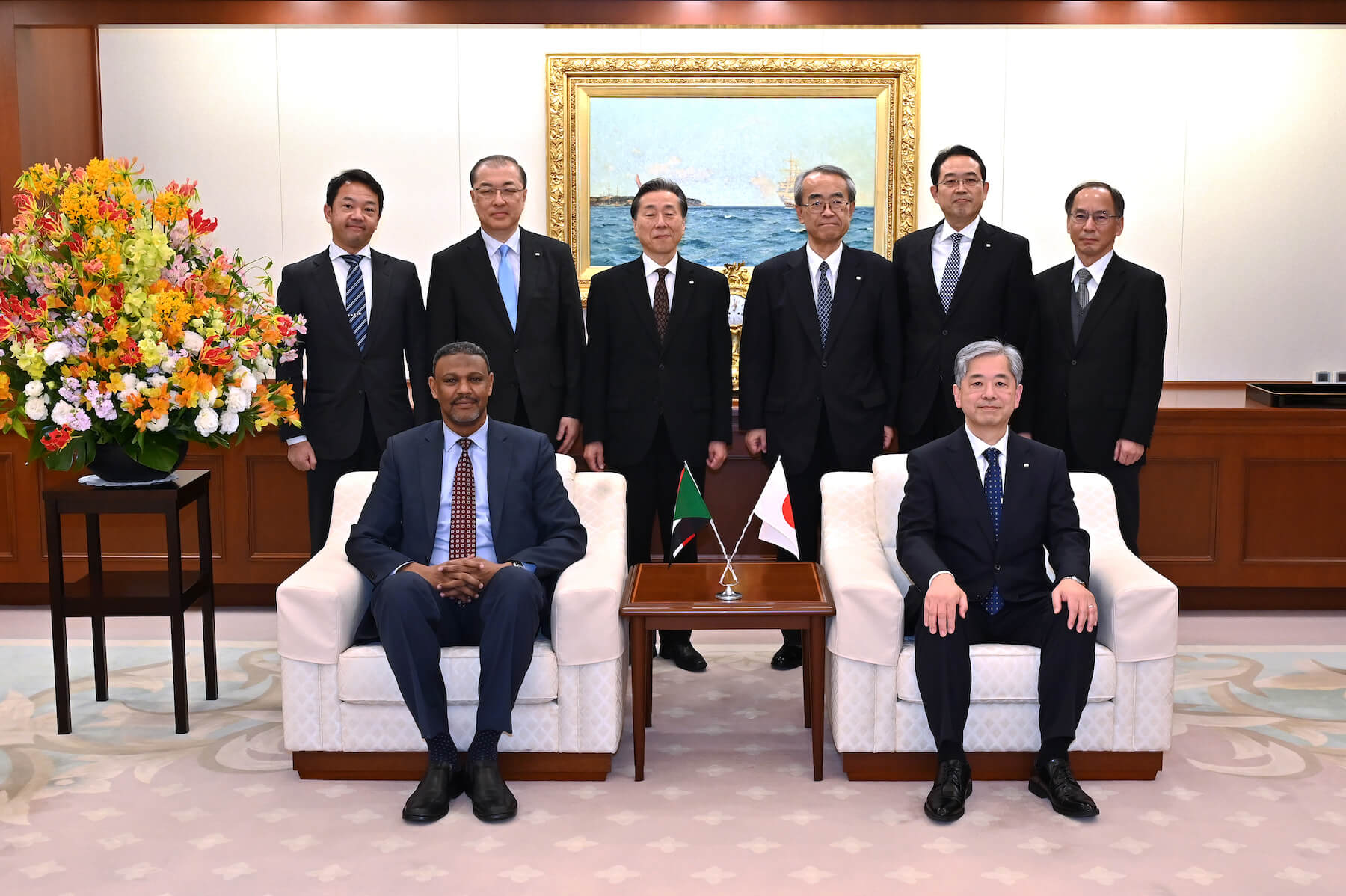Welcome to Min-On’s Music Journey! Today, the Min-On Concert Association and the Embassy of the Republic of Sudan in Japan welcome you to the third largest country on the African continent, Sudan.
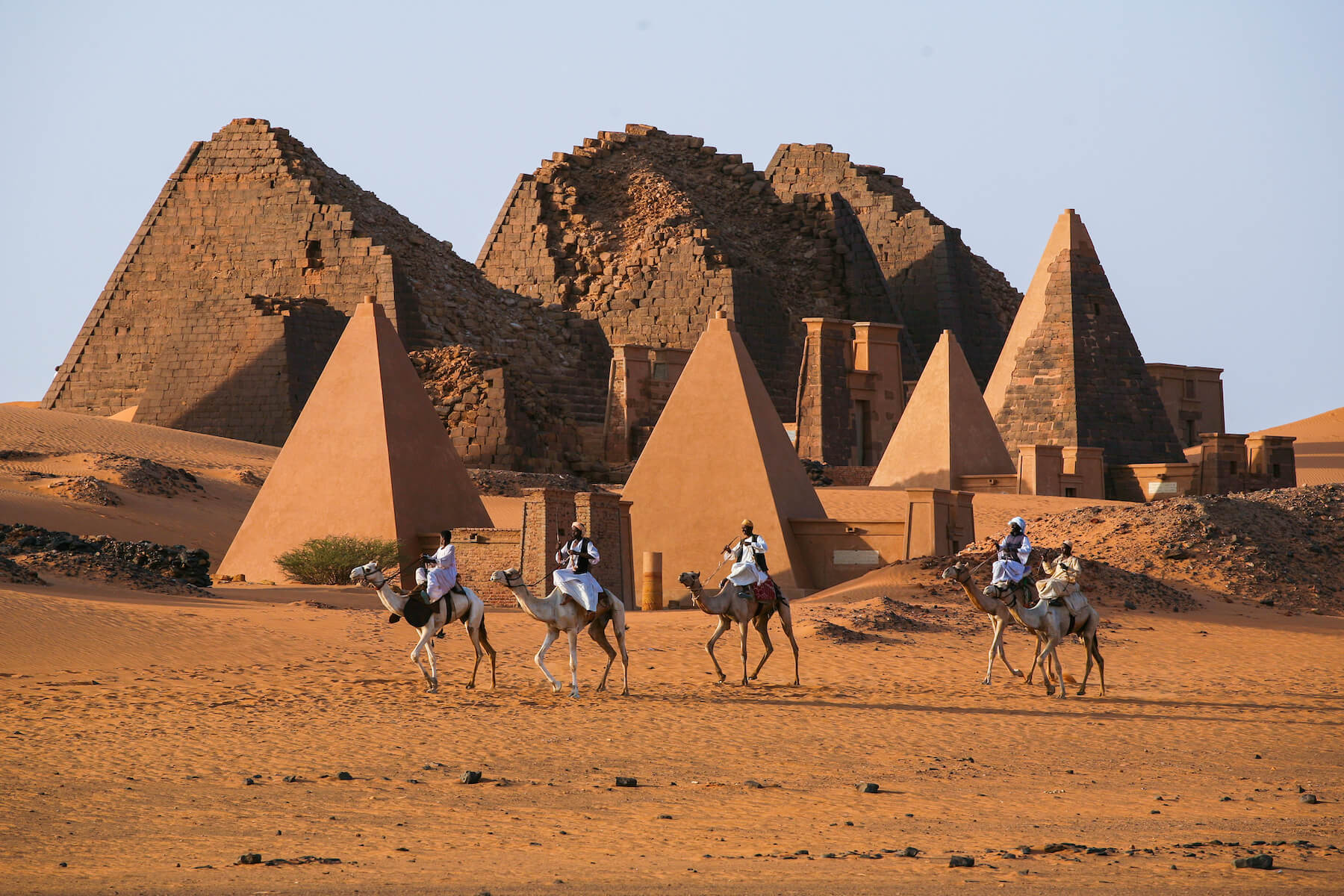
| Travel guide for Sudan:
・Meet rare marine life at Dungonab Bay – Mukkawar Island Marine National Park |
The Nile River runs through the center of Sudan and has played an important role throughout history in connecting the Mediterranean and Middle East with Africa. As an important geopolitical location, the region rich culture has flourished due to interaction of people from diverse backgrounds.
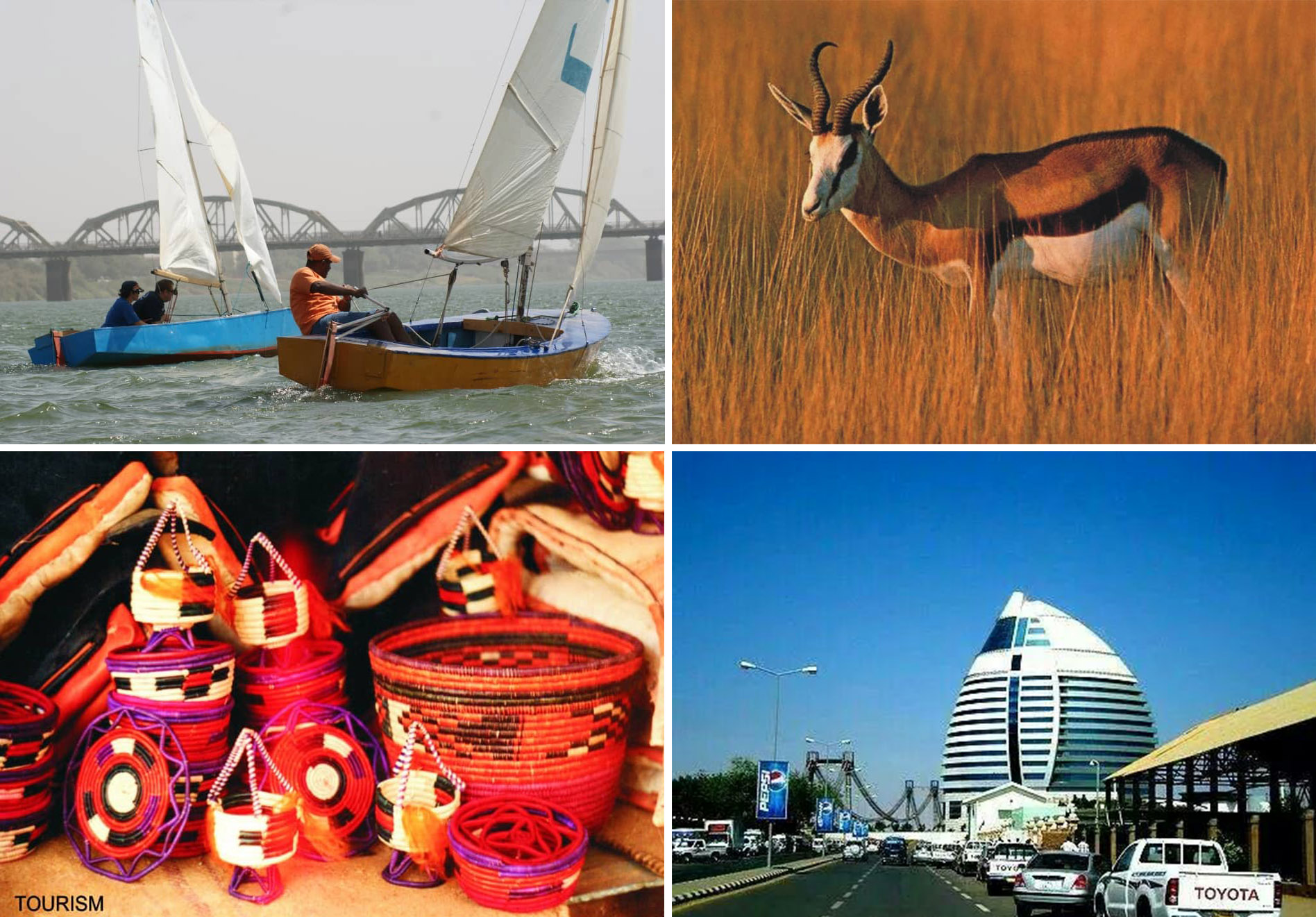
The magnificent Nile River and stunning natural beauty
Sudan is a country blessed with some of the most beautiful rivers and coastlines on the African continent. Let us introduce you to some of the rare natural attractions found here.
The two Niles of different hues
Two major rivers flow through Sudan: the White Nile and the Blue Nile. The White Nile flows north from Uganda, and its name refers to the highly transparent, bubbling water that makes the surface of the river appear white.
The Blue Nile, on the other hand, flows northwest from Ethiopia and its name refers to the river’s deep, dark hue. At the confluence of these two rivers lies Sudan’s capital of Khartoum.
The two rivers that merge at Khartoum become the majestic Nile River, which flows into Egypt and has been a source of water for civilizations in the region since ancient times.
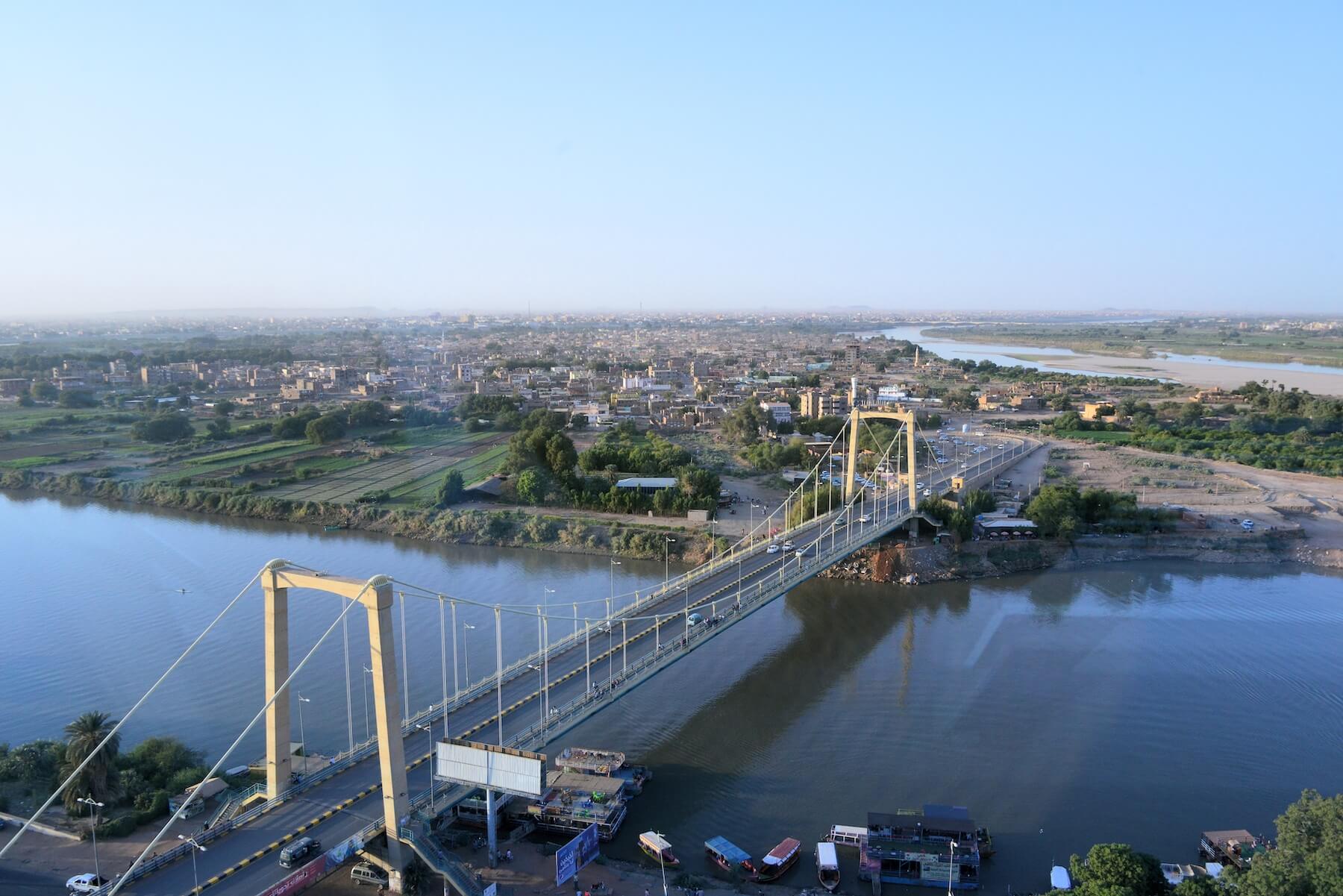
Sanganeb Marine National Park and Dungonab Bay – Mukkawar Island Marine National Park
Sudan’s first World Natural Heritage site, this property consists of two marine protected zones established along the Red Sea shore and surrounding waters. Sanganeb Marine National Park is the northernmost atoll in the world and is a highly popular diving site, especially among Western tourists.
Dungonab Bay – Mukkawar Island Marine National Park is a rich natural area with a diverse mix of ecosystems, including coral reefs, mangroves and wetlands. Dungonab means “a place with dugongs” in Arabic, and as the name implies, this location is home to many large endangered marine species, including whales, manta rays, sea turtles and dugongs.
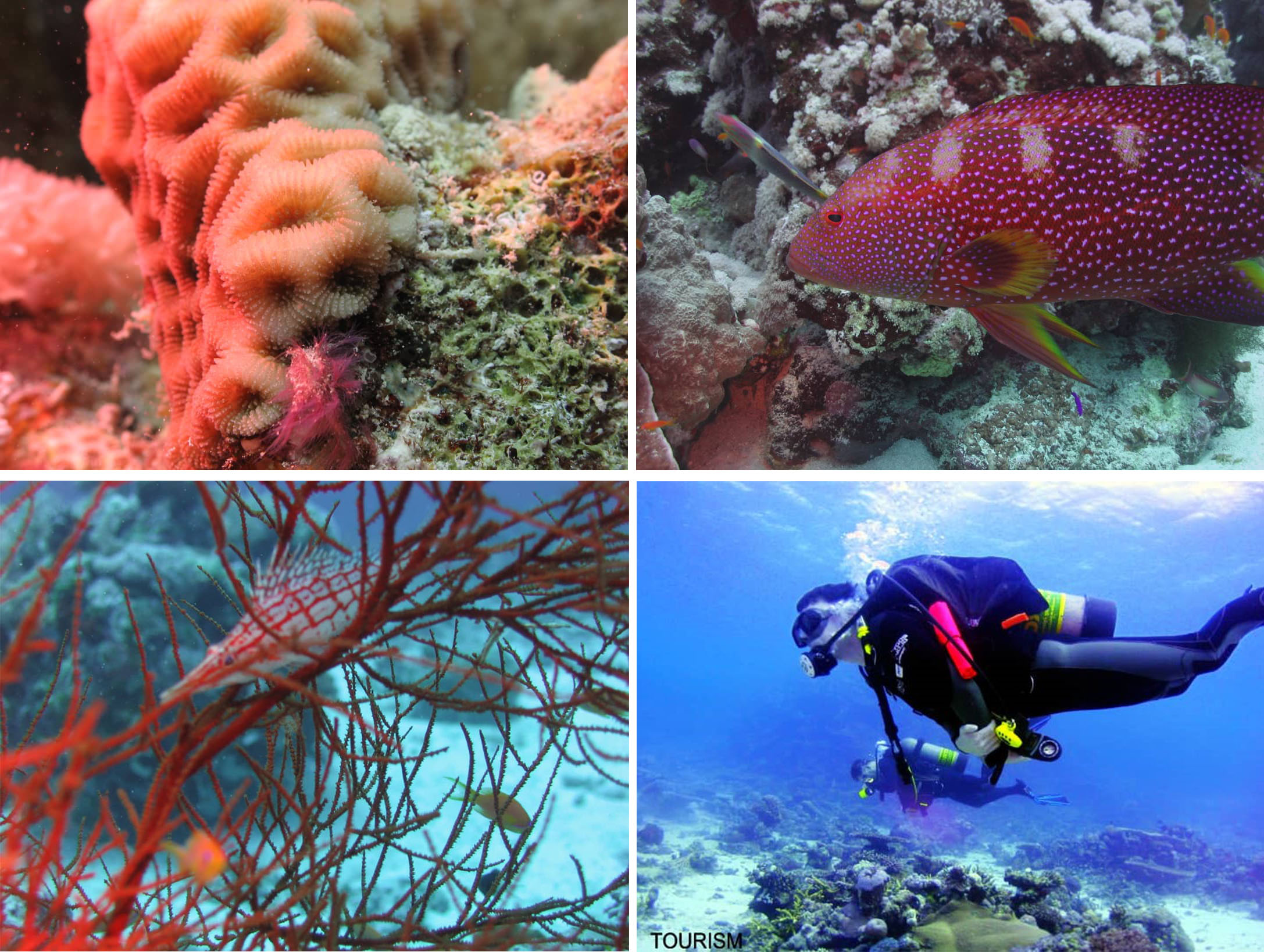
Sudan’s climate, and the Sudanese peoples’ national characteristics
Sudan has a long history, and it is believed that an advanced civilization had developed here as early as 2000 B.C. when the Sudanese empire flourished. Here, we introduce the unique climate and national characteristics of the people nurtured by the long history of Sudan.
Colorful blooming hibiscus
The Nile River coast is home to one of the largest grain-growing regions in Africa, where a variety of crops are grown. The colorful hibiscus is particularly important culturally, and is also the national flower of Sudan.
Because alcohol is prohibited in the country, Sudanese people drink a lot of tea, especially hibiscus tea which is widely favored. A juice made from hibiscus called “karkade“ is popular locally, and is usually drunk with a lot of sugar.
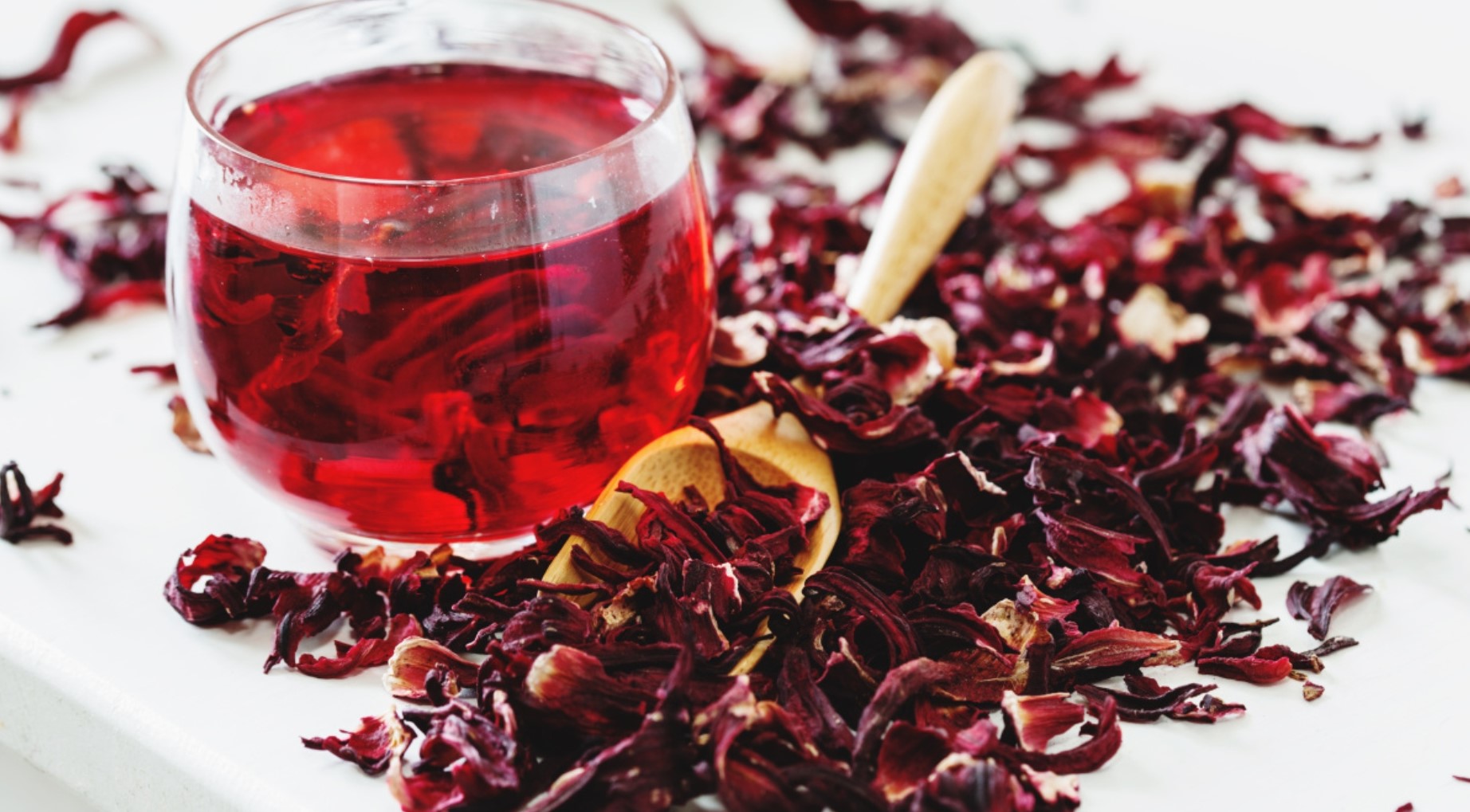
There are many more famous products produced in the country. The most well-known is gum arabic, for which the region is the largest producer in the world. Sudan is also famous for sesame, often called the birthplace of the sesame plant.
“Be kind to travelers” – a spirit of hospitality
In Sudan, where Islamic culture is deeply rooted, there is a custom of courteous hospitality to tourists, based on the Qur’anic teaching of “be kind to travelers.” During the hot season, when daytime temperatures exceed 50 degrees, you may see travelers being offered cold drinks by local people.
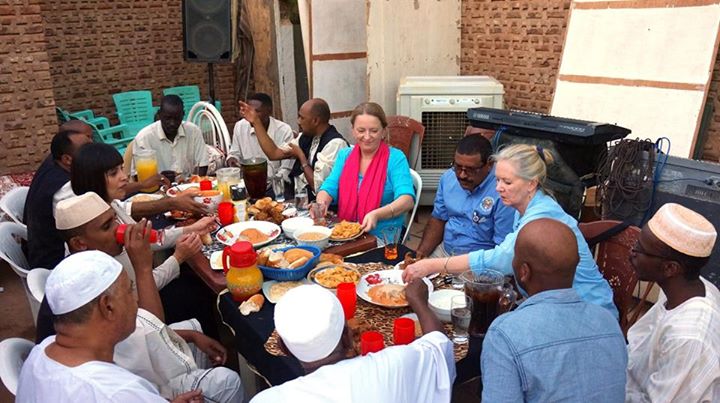
Lively weddings open to all
Sudanese weddings are held in a festive atmosphere with music and dancing that are very symbolic of the cheerful characteristics of the Sudanese people. The formal ceremonial atmosphere found in the West won’t be seen here, and participants are free to dress as they please.
Further, anyone is welcome to join Sudanese wedding celebrations, and it is common for people to attend without first knowing much about the two people who are getting married!
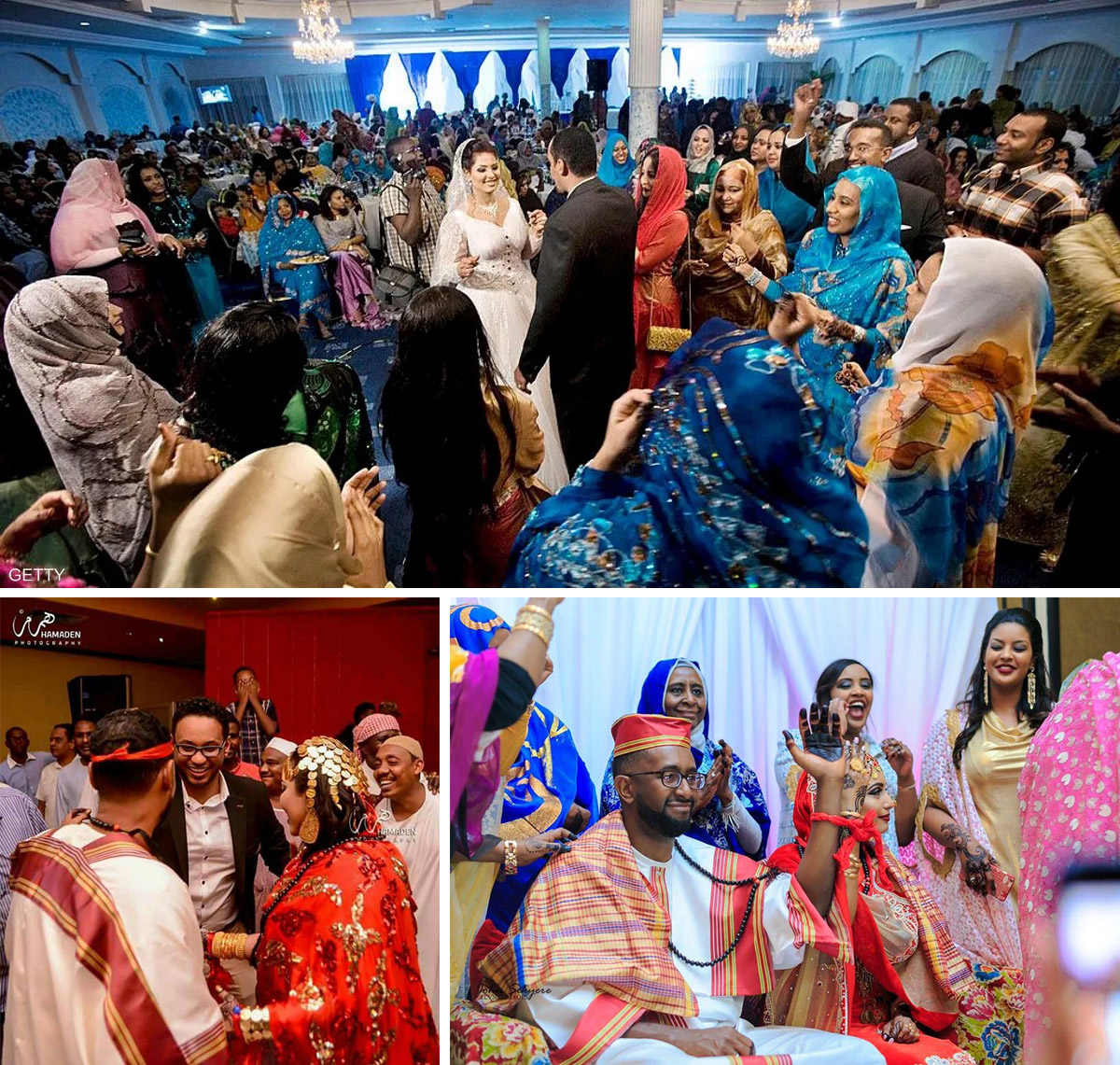
Sudanese music culture
Sudanese music has developed into its own style through a fusion of Arabic and traditional music. Although it shares many similarities with Arabic music, the musical scale is characterized primarily by the use of traditional African pentatonic scales.
Traditional Sudanese instruments are also unique, and the Min-On Music Museum includes the two below.
| Ngoma | A wooden drum with a wooden body covered with zebra skin and tightened with gut string or plant fiber |
| Kissar | A stringed instrument with five gut strings stretched from a crosspiece across two necks to the lower end of a hemispherical body, made from a gourd |
| Music Journey Editorial Team Choice Artist: Mazin Hamid
In this issue, we present “Aljondy Almajhool,” a song by Sudanese male musician Mazin Hamid. In May 2023, he made a significant contribution to the country’s art scene by composing the music for the Sudanese drama film “Goodbye Julia,” which won the prestigious Freedom Award at the Cannes Film Festival. Please enjoy his comforting, gentle voice paired with dramatically unfolding melodies. |
Musician recommended by the Embassy of the Republic of the Sudan in Japan
In closing, we would like to introduce Sayed Khalifa, a musician recommended by the Embassy of the Republic of the Sudan in Japan.
My Homeland – Sayed Khalifa
Sayed Khalifa is a Khartoum-born singer and composer born in 1928. As one of the most respected musicians during the golden age of Sudanese music, his song “My Homeland” featured above was composed at the time of Sudan’s independence, and is one of the country’s most popular patriotic songs. It’s performed on violin and drums, alongside electric bass, piano, saxophone, accordion and other modern instruments.
The video below, featuring a modern band, recreates the history of when the song was first written.
What did you think of your music journey to Sudan? There are still many more places to go! Please look forward to our next destination.
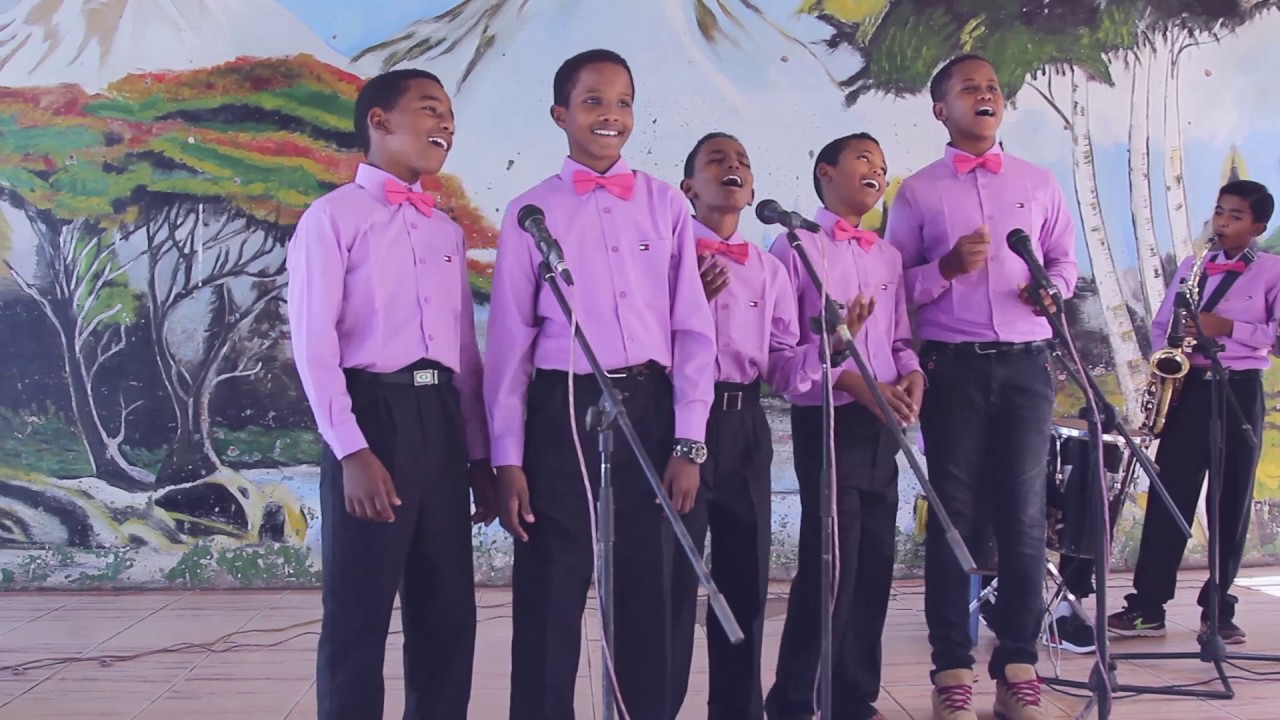
(Produced in collaboration with the Embassy of the Republic of the Sudan in Japan, who also provided photos.)
Min-On Concert Association
-Music Binds Our Hearts-


